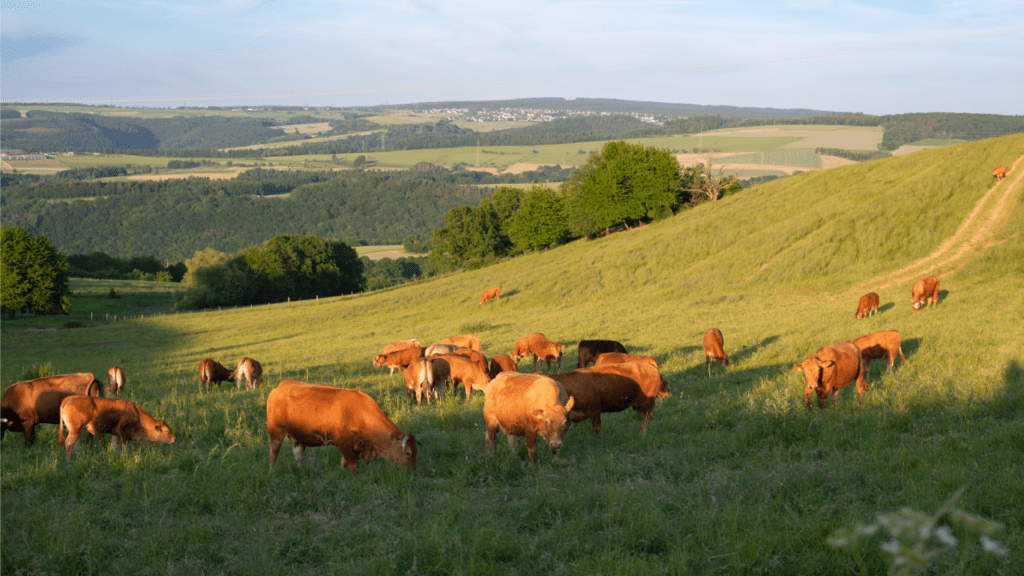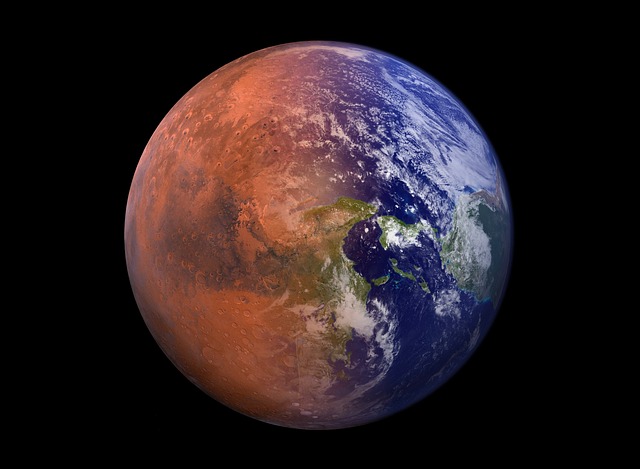The Current State of Biodiversity
1. Assessing the Loss of Species Worldwide
As I delve into the assessment of species loss globally, it’s crucial to recognize the alarming rate at which biodiversity is diminishing. The latest reports reveal that we’re facing a rapid decline in species populations across various ecosystems. With over 1 million species at risk of extinction, the urgency to address this issue has never been more pressing.
2. The Impact of Habitat Destruction
Discussing the impact of habitat destruction, it’s evident that this remains a primary driver of biodiversity loss worldwide. Human activities like deforestation, urbanization, and pollution have led to the destruction of critical habitats for countless species. As habitats disappear, species struggle to survive, resulting in a cascade effect on entire ecosystems. It’s imperative that we prioritize habitat conservation to safeguard biodiversity for the future.
Understanding Conservation Crossroads
Defining the Critical Junction in Biodiversity Conservation
- As I explore the complex landscape of biodiversity conservation, I find myself at a critical junction where the fate of numerous species hangs in the balance. At this juncture, the urgency of our actions is undeniable, with over 1 million species facing the looming threat of extinction. The intricate interconnectedness of ecosystems underscores the pivotal role of conservation efforts in preserving the web of life on our planet.
The Role of International Agreements
- In my exploration of conservation crossroads, I recognize the vital role played by international agreements in shaping global conservation strategies. Treaties like the Convention on Biological Diversity and the Paris Agreement establish frameworks for collaborative action on biodiversity preservation and climate change mitigation. These agreements serve as essential tools for coordinating efforts across borders and fostering a unified approach to safeguarding our natural heritage.
Proactive Measures for Biodiversity Conservation

Embracing Protected Areas
- Protecting natural habitats by establishing and expanding protected areas is a crucial measure in conserving biodiversity. These areas serve as sanctuaries for various species, allowing them to thrive without human interference. As of now, there are over 200,000 protected areas worldwide, covering around 15% of the Earth’s land surface. Embracing protected areas safeguards critical ecosystems and helps prevent further biodiversity loss.
Rewilding and Ecological Restoration
- Rewilding focuses on restoring natural processes and wilderness areas, allowing species to re-establish and habitats to regenerate. This approach involves reintroducing native species, removing invasive ones, and reviving degraded habitats. Ecological restoration aims to enhance biodiversity and ecosystem functioning, ensuring the long-term health of our planet. By implementing rewilding and restoration initiatives, conservationists can reverse some of the damage caused by human activities and mitigate the effects of biodiversity loss.
Innovative Approaches to Conservation
Utilizing Technology for Wildlife Monitoring
- When it comes to monitoring wildlife populations and their habitats, technology plays a crucial role in enhancing conservation efforts. Advanced techniques such as camera traps, satellite imagery, and GPS tracking have revolutionized the way we gather data on species distribution, behavior, and movement patterns. With the help of these tools, conservationists can monitor endangered species more effectively, identify critical habitats for protection, and track illegal activities like poaching in real-time. By leveraging technology, we can obtain precise information to inform conservation strategies and make data-driven decisions to safeguard biodiversity.
Community-Driven Conservation Initiatives
- Engaging local communities in conservation efforts is key to ensuring long-term success in protecting biodiversity. Community-driven initiatives empower people living near wildlife habitats to become stewards of their environment, fostering a sense of ownership and responsibility towards preserving nature. By involving communities in decision-making processes, conservation projects can benefit from local knowledge and traditional practices that have sustained ecosystems for generations. Through education, capacity-building, and sustainable livelihood opportunities, communities can actively participate in conservation activities, leading to more sustainable outcomes and fostering a harmonious relationship between people and nature.
Combating Biodiversity Loss Through Policy
The Importance of Environmental Legislation
In combating biodiversity loss, implementing robust environmental legislation is paramount. These laws serve as the backbone for conservation efforts, setting clear guidelines for protecting ecosystems and wildlife. By enacting stringent regulations against activities like deforestation, poaching, and habitat destruction, governments can significantly reduce the threats to biodiversity. For instance, laws that designate protected areas ensure the safeguarding of vital habitats and species, offering a legal framework for their preservation.
International Policy and Local Action
The synergy between international policy and local action is crucial in addressing biodiversity loss effectively. Global agreements such as the Convention on Biological Diversity provide a platform for nations to collectively commit to preserving ecosystems and species diversity. These agreements set targets and guidelines that countries can adapt to their local contexts, encouraging coordinated efforts on a global scale. At the same time, local communities play a vital role in biodiversity conservation by implementing sustainable practices, participating in restoration projects, and advocating for wildlife protection at the grassroots level. Their active involvement ensures the integration of conservation principles into everyday actions, fostering a culture of environmental stewardship.
The Future of Biodiversity Conservation
Predicting the Outcome of Current Efforts
Looking ahead, the trajectory of current conservation efforts is pivotal in determining the future state of biodiversity. By assessing the impact of initiatives like habitat restoration and protected area management, we can gauge the effectiveness of these measures in stemming biodiversity loss. With over 1 million species at risk of extinction, the urgency of these actions cannot be overstated. Monitoring trends in species populations and habitat health will be crucial in predicting whether our conservation strategies are yielding tangible results.
The next Steps for Governments and Individuals
As we move forward in the fight to combat biodiversity loss, the responsibilities lie not only with governments but also with individuals. Governments must prioritize the implementation of robust environmental policies and legislation to safeguard habitats and species. By enforcing laws against activities that harm biodiversity, such as deforestation and poaching, governments can create a legal framework that supports conservation efforts. On the individual level, raising awareness about the importance of biodiversity and promoting sustainable practices in daily life are key steps towards fostering a culture of conservation. Each person’s actions, no matter how small, can contribute to the collective effort of preserving the rich tapestry of life on our planet.




